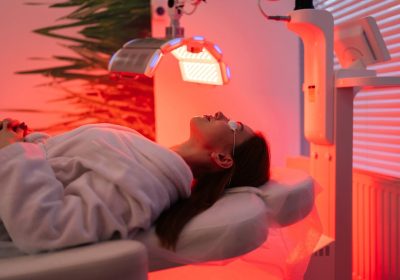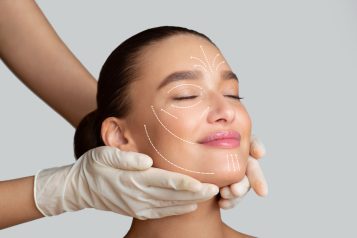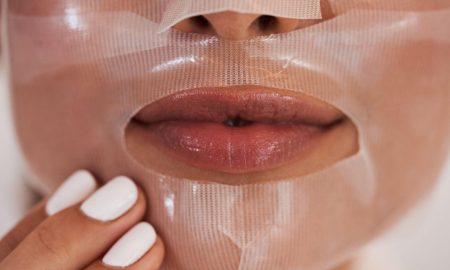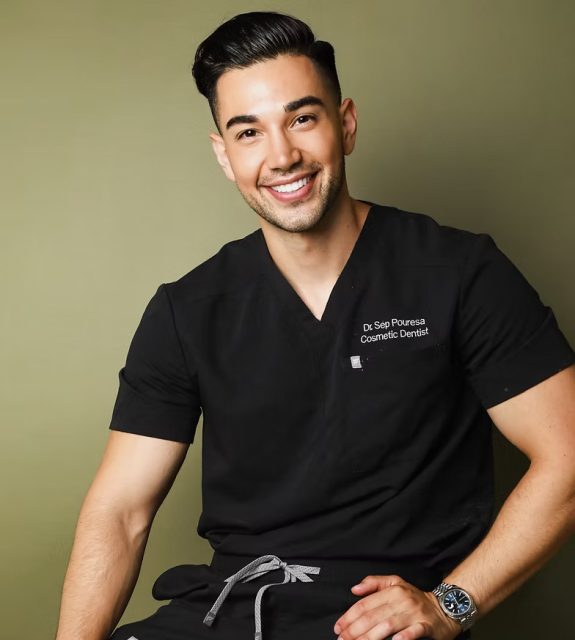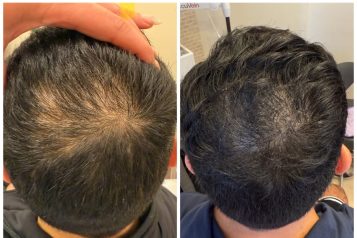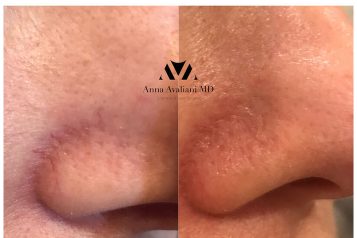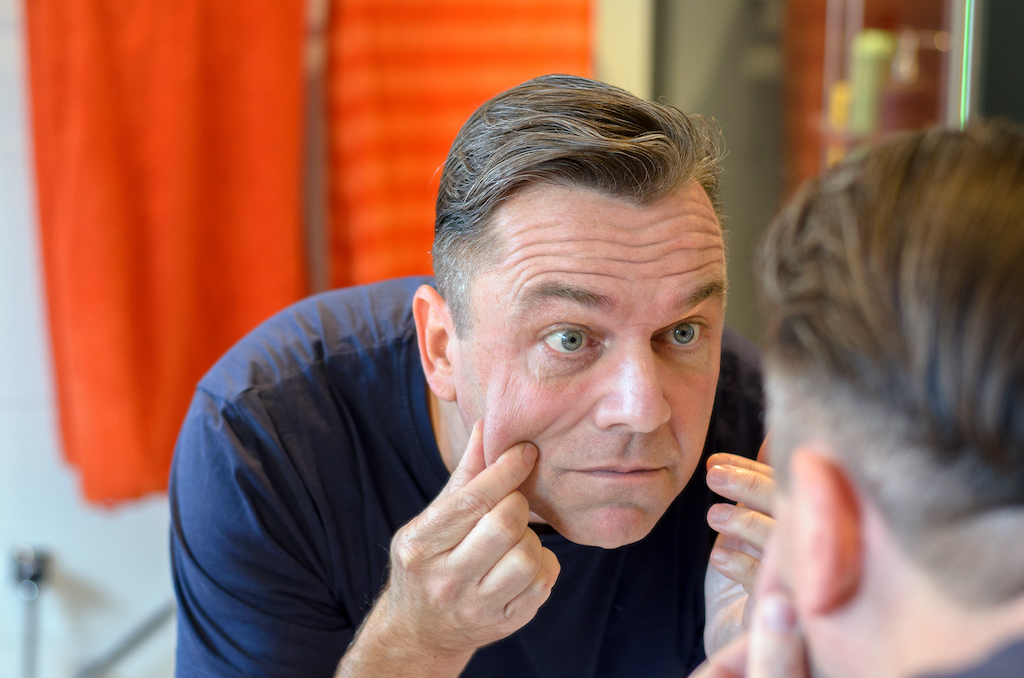 Photo Credit: michaelheim/Shutterstock.com
Photo Credit: michaelheim/Shutterstock.com
Facelifts are often used in conjunction with other procedures to maximize results, such as ones that involve the eyelids, eyebrows and neck. Both surgical and non-surgical procedures can be used in conjunction with one another to achieve the patient’s desired goal. Patients should have clear, realistic expectations and visions for their overall appearance and should clearly communicate them to their plastic surgeons before proceeding.
A facelift, also known as a “rhytidectomy," is a surgical procedure that seeks to ‘reset’ signs of aging in the face and neck. The procedure involves making an incision near the hairline, lifting the deeper layers of the face, and removing excess skin to diminish wrinkles and improve contour.
Did you know that there were 234,374 facelifts performed in 2020, making it the third most common cosmetic surgical procedure? As the number shows, facelifts are haute. To learn more about why patients choose to undergo the procedure and the details involved, Haute Beauty experts Lauren Valentine, Allan Weidman, and Dr. Samuel Lin, MD share a plethora of knowledge.
Why a Facelift?
Patients may choose to get a facelift to counter the signs of aging, which often takes a strong toll on the face and neck by creating unwanted features such as sagging skin, wrinkles and creasing. To address these issues, both surgical and non-surgical solutions exist. Less invasive options, such as injectable dermal fillers, can temporarily rejuvenate the face, but a facelift is the only option for longer-lasting results. A facelift/necklift does not last forever, and the effects of age and gravity to continue to affect the facial/neck skin.
Ideal Candidate
Good candidates are those who are in overall good health, as these patients must be able to tolerate a surgical procedure and heal properly. Additionally, patients must have sensible expectations for results, as facelift results are highly dependent on the characteristics of the individual patient such as bone structure and skin elasticity. Poor candidates for facelift surgery include patients who are in poor health with significant medical comorbidities. Current smokers are also not candidates for facelift surgery, as cigarette smoke can disrupt and impair wound healing.
Benefits
Facelift procedures have many benefits, with the goal of creating a more youthful appearance. Common issues that are addressed by facelift include sagging facial skin, deep creases and wrinkles, jowls, and excess fat resulting in a double chin. Because skin naturally loses elasticity with time, a facelift procedure works to reverse this and minimize the overall appearance of aging. As a result, a facelift can positively impact a patient's confidence and improve the overall quality of life.
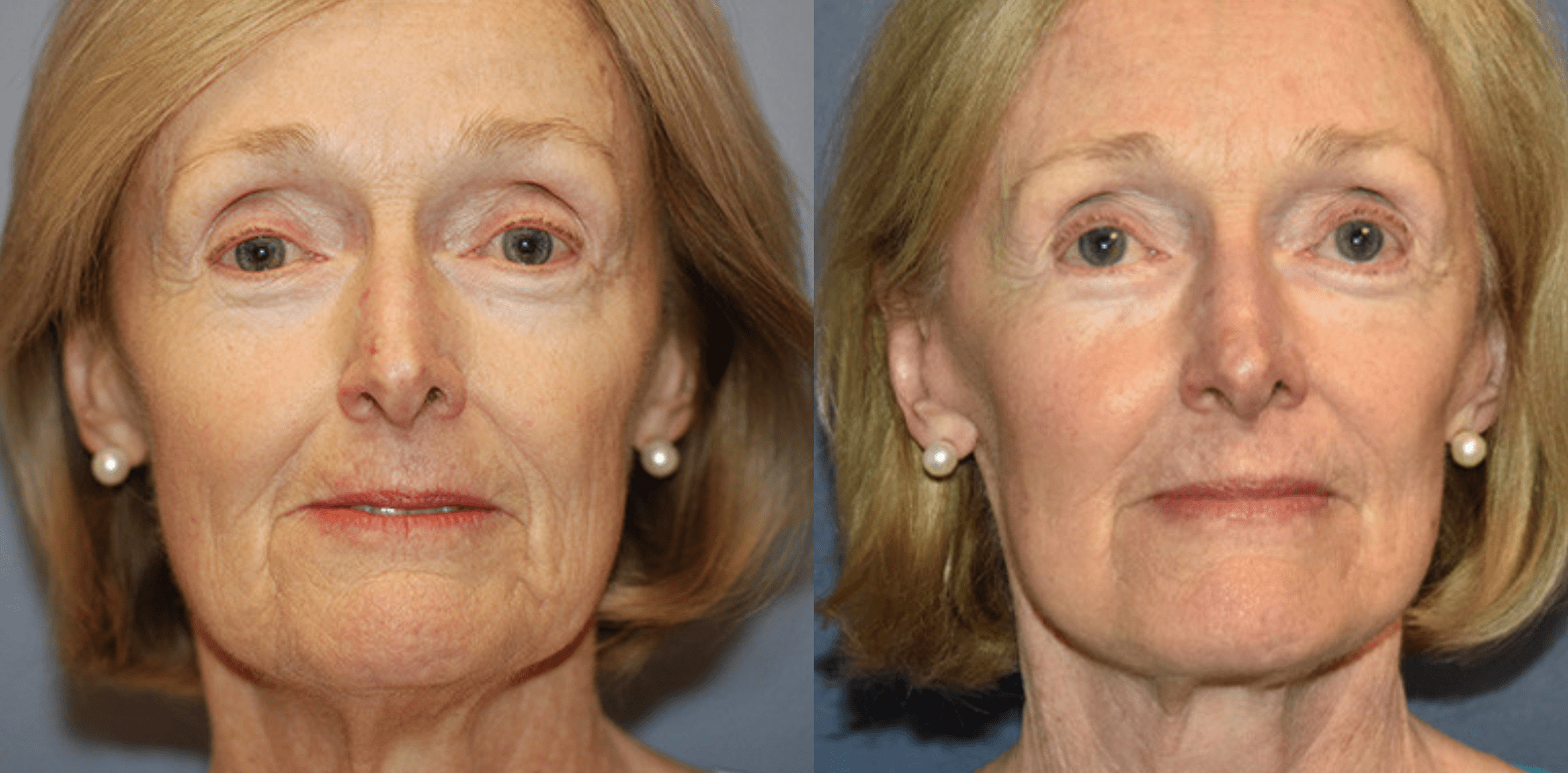 Photo Credit: Courtesy of Dr. Samuel Lin
Photo Credit: Courtesy of Dr. Samuel Lin
Side Effects and Risks
Like all surgical procedures, facelifts do have potential side effects and risks. The formation of a hematoma, which is a collection of blood underneath the skin, is the most common serious complication with one large study showing 1.4% of face-lift patients are affected by this complication4. Similarly, all surgeries pose the risk of forming blood clots. Injury to the nerves of the face and ear are some of the most discussed complications of facelift surgery. Injury to the facial nerve occurs in 0.5 to 2.6 percent of facelifts and may result in facial paralysis or asymmetry5. Injury to the great auricular nerve may occur in up to 6 to 7 percent of facelifts, which can cause numbness of the ear lobe3. Paying careful attention to post-operative instructions from your surgeon can significantly minimize the risk of these complications from occurring.
Pre-Operation Preparation
In preparation for a facelift, patients may need to undergo a medical evaluation, get lab testing, adjust medications and/or begin using certain facial skin products per the plastic surgeon performing the procedure. Additionally, patients should stop smoking and cease use of all nicotine products before and after the procedure. Many surgeons recommend avoiding taking anti-inflammatory drugs (NSAIDs) and certain herbal supplements. Finally, patients should arrange a ride home from the facility by a family member or friend who can stay with you for at least one night after surgery. Patients often stay overnight after their procedure. During the procedure, after the patient undergoes anesthesia, initial incisions near the temples will be made and continued downwards towards the lower scalp behind the ears. The surgeon will reposition and redistribute facial tissue in areas that may have sunken. Excess fat and skin will be removed, to create an overall tighter and firmer appearance to the face. Patients should expect the whole procedure to take several hours.
Post-Surgery Care
Following surgery, patients may be placed in a facial bandage and may have small drainage tubes in place. The plastic surgeon will provide you with detailed instructions on how to care for your surgical incisions and when to return for follow-up appointments. In the first week, patients may require medication for pain. By the end of the second and third week, most patients see a significant decrease in swelling and bruising, and are almost ready to return to daily public life2. It takes a longer period of time, often 2-3 months, before your face will feel completely back to normal. With regards to scarring, all surgical procedures create scarring. However, the expertise of a plastic surgeon allows for minimal scarring and results in the best aesthetic appearance possible. Plastic surgeons use techniques to hide scars and make them less visible to others. Oftentimes, the scars are hidden within the hairline, making them inconspicuous even when one’s hair is pulled back.
Various other less invasive, non-surgical procedures exist as an alternative to facelifts for facial rejuvenation. Unlike with a facelift, these procedures are not permanent and often require touch-ups every few months to years. These include Botox, dermal fillers, facial peels, facial laser resurfacing, submental Kybella and submental liposuction. Facelifts are often used in conjunction with other procedures to maximize results, such as ones that involve the eyelids, eyebrows and neck. Both surgical and non-surgical procedures can be used in conjunction with one another to achieve the patient’s desired goal. Patients should have clear, realistic expectations and visions for their overall appearance and should clearly communicate them to their plastic surgeons before proceeding.
Works Cited:
- American Society of Plastic Surgeons. 2020 cosmetic plastic surgery statistics. Available at: http://asps.org/stats.htm. Accessed September 21, 2022.
- Improta R, Your facelift recovery explained from Day 1 to Day 30. American Society of Plastic Surgeons. December 2018. Accessed on September 21, 2022. https://www.plasticsurgery.org/news/blog/your-facelift-recovery-explained-from-day-1-to-day-30
- Lefkowitz T, Hazani R, Chowdhry S, Elston J, Yaremchuk MJ, Wilhelmi BJ. Anatomical landmarks to avoid injury to the great auricular nerve during rhytidectomy. Aesthet Surg J. 2013;33:1923.
- Mustoe TA, Park E. Evidence-based medicine: Face lift. Plast Reconstr Surg. 2014;133:12061213.
- Owsley JQ, Agarwal CA. Safely navigating around the facial nerve in three dimensions. Clin Plast Surg. 2008;35:469477.
For more information, visit Dr. Samuel Lin's social media:





